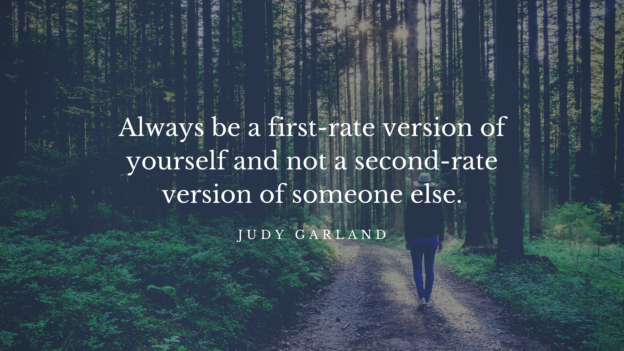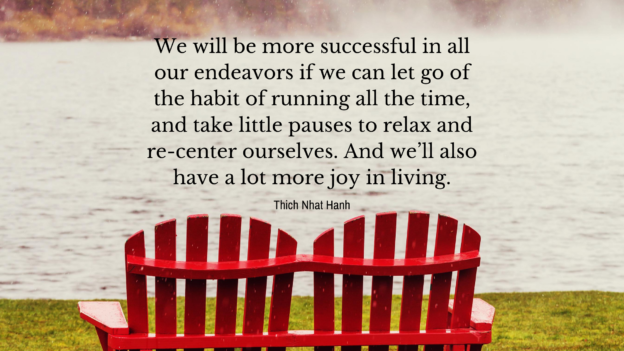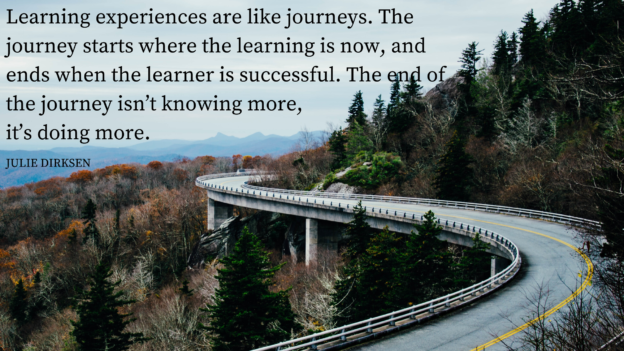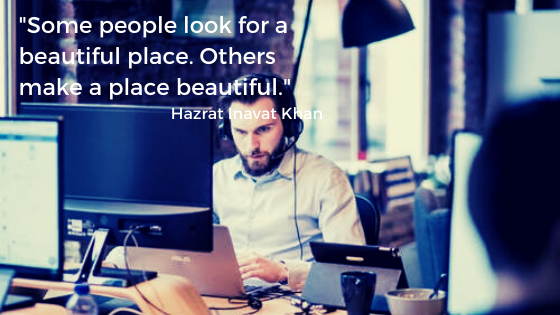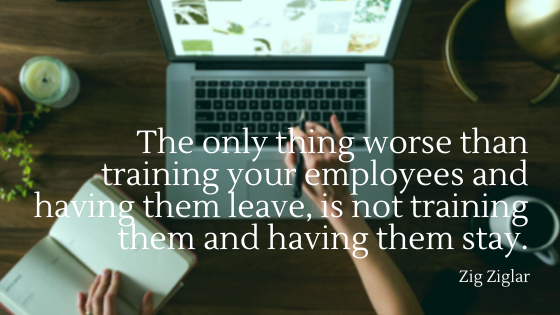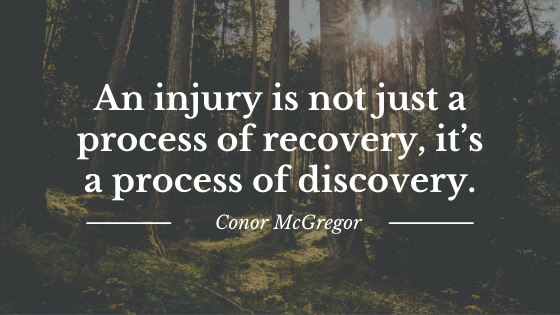Somewhere out there, someone is looking at the title of this post and my picture and saying, “Duh, no kidding!” I do not have long, dark hair, a famous husband, a TV show, or millions of dollars. So why the declaration?
I spend a good amount of time wondering what I can do to get more attention for my training business. I don’t have a television show or millions of Instagram followers. I don’t even have the resources to advertise a lot. Right now, we can’t travel to conferences and meet people in person. Conferences have gone virtual, too, and no matter what platform they use, virtual networking groups are difficult to manage. So I have opted for some old- and new-fashioned ways to connect with people.
Guess what – The phone still works! I call people regularly and leave a lot of voicemail messages. Sometimes I text them, too. If I can talk with someone, I have a good chance of connecting with them on some level. I can ask questions to determine if there’s a need I can fill or a challenge I can solve for them. Phone conversations are a way to get appointments for meetings where I can demonstrate my abilities. The one issue with phone calls is the other person needs to pick up the phone.
I have started to use LinkedIn more purposely to connect with people. Some are in my industry and might want to use my services. Others are in related industries who I have found on the platform and their work interests me. I always send a note when I ask people to connect. I offer my assistance with connections to people in my network. I have found that people are more likely to accept my offers to connect if I am not trying to sell them my services in my connection request note.
Once I’m connected with someone, I ask for a “virtual coffee.” This is an opportunity to get to know someone and find out if there’s a connection on a personal and professional level. I schedule these “coffees” for 30 minutes, but sometimes they go longer, sometimes shorter. Again, unless I’m asked, I don’t sell my services. I tell about my work and how I got to where I am today, but this is not a sales conversation. If it looks like my connection might have a need, I ask for another meeting where I can go into more detail about my training and how it can help their people.
I can’t stress enough the importance of connecting with people on personal level. You can send them stuff, post on social media, write blog articles, and go on Facebook Live to talk about your training business, but unless you can talk with them about their goals, anxieties, achievements, and desires, your messages will fall on deaf ears. You have to care about people if you want to help them achieve their goals.
I’m really talking about authenticity here. Being open and honest about who you are with people who might not know you very well. Being willing to listen and relate to another person where they are in life. You do this all before you start selling your programs, courses, webinars, or online platform. It really doesn’t take a lot of time. It just takes a willingness to connect.
I don’t have to be a Kim Kardashian or any other famous person to talk with people who might need my services. You never know what might happen when you connect with someone. You just have to be willing to make the attempt.

